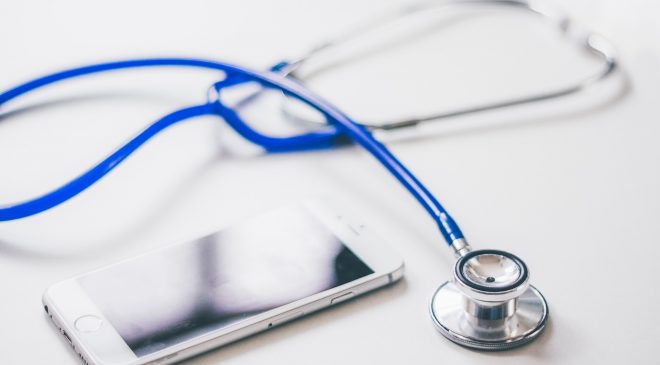
Opportunity for governments to partner with the private sector to maximise the potential of digital healthcare.
Prudential Corporation Asia’s recently released The Pulse of Asia – The Health of Asia Barometer, underscores the unprecedented opportunity offered by digital health technologies to improve access to healthcare in Asia.
The research, which explores attitudes to healthcare in Asia, highlights the demand for tools and services to help people in the region better navigate the healthcare system. It also highlights the opportunity for governments to partner with the private sector to maximise the potential of digital healthcare.
High rates of digital health technology adoption
The report, which surveyed 5,000 adults across 13 markets in Asia, found that only around half of respondents (54 per cent) believe that medical care is accessible and affordable. More concerningly, less than a quarter (22 per cent) say they can easily access exercise and fitness facilities that would help improve their personal health and wellness in the coming year.
However, the Asia-wide research also underlines the potential of technology to directly combat these challenges. Over four fifths (81 per cent) of respondents say technology has already improved their access to health services and two thirds (60 per cent) believe it has improved the affordability.
And this consumer appetite towards the digitisation of health shows no sign of abating – three years from now 71 per cent of those surveyed said they will rely on technology even more heavily to improve their personal health and wellbeing.
Public-private action to improve healthcare
To fulfil the potential of digital healthcare, the report recommends greater public-private collaboration, suggesting that governments partner with private companies to deliver digitally-innovative ways to promote and manage health and wellness among citizens.
The report also highlights the opportunity for governments to improve public health information through digital channels. According to the research, social media is the most frequently cited source of personal health and wellness information. However, the survey respondents overwhelmingly agreed that the most trustworthy sources are national government and public health authorities. Governments can seize the opportunity by becoming the most reliable source of quality health information for citizens.
The report also recommends that governments look to promote connected health devices, but that these need to be underpinned by strict data governance. Data security will enable health data to be safely centralised, empowering governments to design better policies and build more targeted healthcare infrastructure.
The research demonstrates that while Asia has already begun to embrace digital health technologies, the region is still some way from realising the full potential technology has to offer. The private and public sectors need to come together to make these opportunities a reality, and in doing so, improve health and wellness outcomes for individuals.
The research also shows, to make health and wellbeing more accessible and affordable, the public and private sectors need to come together to seize the initiative. A key way to do this is by breaking down ‘data silos’ between disparate healthcare services and creating secure connections between health apps, devices and centralised digital patient records.
The report was written by The Economist Intelligence Unit (EIU).
Tags: healthcarePrudential
Tags: healthcarePrudential




